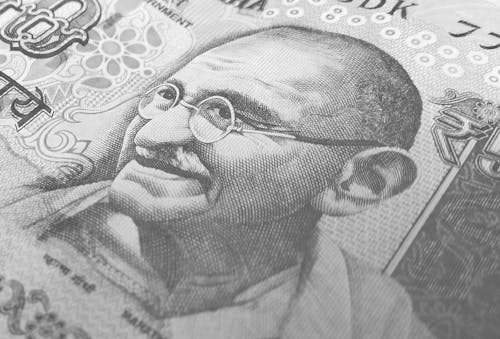How is paper currency made?
 |
| Image credit: pexels.com |
There are basically 2 types of currencies: coins and paper notes. Paper currency first appeared in China. But notes didn't gain much value as much coins had at that time. But then realizing the need of an universal and stable currency, notes again came into circulation. But how are these paper notes made? Let's check it out...
Actually, paper currency is not made from paper. Yes! It is made up of a special substance called as substrate. Substrate is a special mixture of cotton, linen and paper (of course). The amount of these items may vary in substrates of different countries and even different notes of the same country. The substrate give notes a feel of notes. The substrate contains small segments of colored fibers or polymer threads for visual identification for security purposes.
The ink of printing consists of dry color pigments and oils. This produces very special thick printing inks. This special ink is used only at the back of the notes. The front part and design is done with normal ink only. The designing work is given to special engravers which are specialized in specific part of the note. Thus each engraver is responsible for some part of the note.
By law, no portraits of living people are allowed to be done on the denomination notes. Thus after the front and back design, the portrait is done with magnificence which consists of dots, lines, segments, etc.
After all the design, the governor/ treasurer signature is engraved. then all the notes are inspected manually. Then it is heated and very thin plastic sheet is pressed on the note. Security factors like a chromium plate or a plastic sheet or a metal strip is added. Then the notes are cleaned, polished and inspected again. Then the treasury seal and serial numbers are printed on the notes in the letter press with Intaglio as it is the finest print which won't fade away by handling easily. Then the notes are inspected with mechanical sensors for any defects or errors.
Thus these notes become ready to come in circulation. If you want to know how is coin currency made, then click here.
Some posts have been marked as "Old Posts". Less likely, but they might have out dated or incorrect information, ugly looking bits of code, no labels, etc. Don't get me wrong, many of these posts are top-notch and interesting too.
I thought it would be better not to delete or revamp these posts, even if they suck. The bitter truth is that old works always suck, but I take that as a positive tool to convey that I am growing. Besides there's no better way to showcase my journey without these old, messy, poorly written posts!
I thought it would be better not to delete or revamp these posts, even if they suck. The bitter truth is that old works always suck, but I take that as a positive tool to convey that I am growing. Besides there's no better way to showcase my journey without these old, messy, poorly written posts!
Old Post